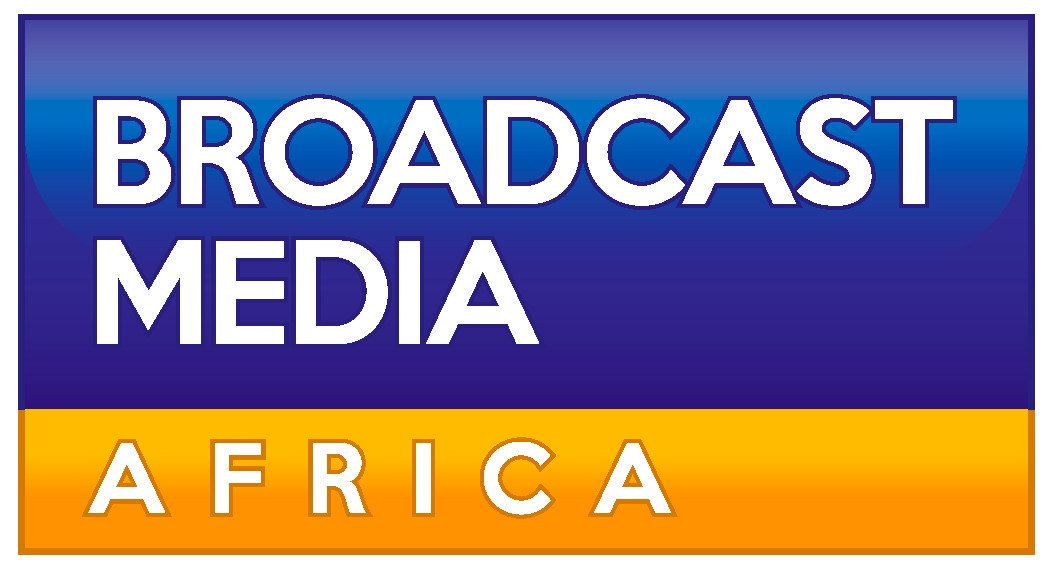
Amazon Prime Video is expanding its channel lineup by adding Apple TV+. This move is a significant win for Apple, which, despite its high-quality content, has yet to achieve the same popularity as streaming giants like Amazon and Netflix.
Prime Video Channels: Simplifying Streaming Subscriptions
As the streaming industry matures, platforms find innovative ways to attract and retain subscribers. Amazon’s Prime Video has tackled the problem of fragmented streaming subscriptions by offering “Channels.” Through this feature, subscribers can access content from various providers, such as HBO Max and Paramount+, all within a single interface. The newest addition to this lineup? Apple TV+.
According to Bloomberg, Apple TV+ will be available as a subscription through Amazon’s Prime Video Channels later this month. This partnership exposes Apple’s original content, like the critically acclaimed Ted Lasso and Foundation, to a wider audience—especially users already part of Amazon’s ecosystem.
Why This Partnership Matters
In the US, Amazon and Netflix dominate the streaming market, each holding around 22% market share, while Apple TV+ lags with just 9%, according to Statista. For Apple, integrating with Amazon’s Channels could be a game-changer. It allows them to capture a larger portion of the streaming pie without drastically altering their platform.
Apple has poured significant resources into developing original, high-quality content. However, despite its big-budget productions, it has yet to see the same subscriber growth as its competitors. This collaboration with Amazon could help Apple capitalize on Prime Video’s massive user base, improving its visibility and making it easier for users to subscribe without leaving Amazon’s platform.
The Future of Streaming: Consolidation on the Horizon
Mike Hopkins, senior vice president of Amazon Prime Video, shared insights at the Bloomberg Screentime Conference, noting that the streaming industry is heading toward consolidation. As more platforms compete for viewers, the high costs of subscribing to multiple services push consumers to cancel or rotate between subscriptions. This creates a challenging environment for standalone streaming services like Apple TV+, which must consistently attract and retain users.
By bundling services, Amazon’s Channels aim to solve this problem. Users benefit from a more streamlined experience, and content providers gain exposure to millions of Amazon’s global subscribers. “We offer our channel partners access to hundreds of millions of subscribers worldwide,” Hopkins said. This partnership gives platforms like Apple TV+ a direct line to a large, engaged audience.
What Does This Mean for the Future of TV?
As more streaming platforms partner or consolidate, we’re seeing a return to an aggregated content model—much like traditional cable TV. Instead of subscribing to each platform individually, consumers may increasingly rely on services like Amazon Channels to bundle multiple streaming services under one subscription.
However, Amazon Channels is yet to be available for viewers outside the US, including South Africa, meaning users must manage multiple subscriptions manually. As the demand for simpler, more affordable streaming experiences grows, more countries and platforms will likely adopt similar aggregation models.
In conclusion, adding Apple TV+ to Amazon Prime Video’s Channels is a strategic move that reflects broader trends in the streaming industry. As competition heats up, partnerships and consolidation will likely shape the future of how we consume content. For Apple, this could be the boost it needs to expand its presence in the highly competitive streaming market.










